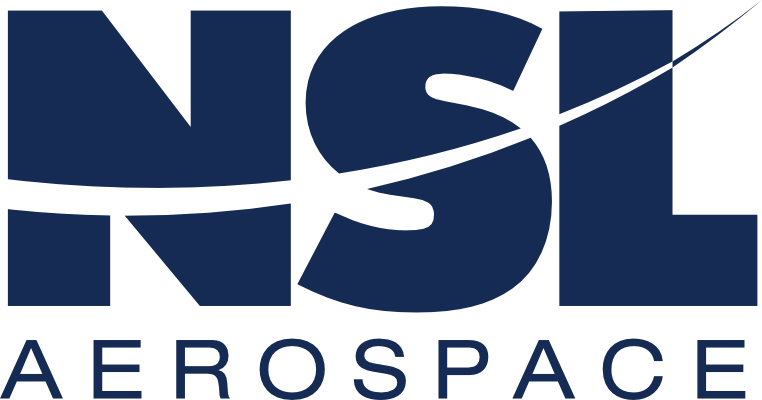Search Results:
Beyer & Otto SA-100
The B&O model SA-100 is a pneumatic sealant gun manufactured for the use of Semco and Techcon cartridges. Designed with a lightweight, retractable holder system, the SA-100 does away with the standard steel tubed cartridge holders and can be used with or without the retainer.
Aerowing Rapid Desealing Tool (RDS)
This pneumatic handheld tool is designed to improve the sealant removal process by significantly reducing the time and physical effort it takes to remove cured sealant from aircraft fuel tanks and other aviation parts. The RDS uses vibration technology to debond the sealant from the surface at high speed while eliminating sealant dust generation and reducing FOD. This tool is safe for use inside fuel tanks.
Aerowing Manual Desealing Tool (MDS)
This handheld tool is designed to improve the sealant removal process by reducing the physical effort it takes to remove sealant and the resulting FOD created.
The MDS uses Aerowing-patented medical grade, thermoplastic tips to remove the sealant. The tips have been tested for use on aircraft structure as well as delicate primer, and the results verify no resulting damage. These tips are specifically designed to aid sealant removal in spaces that are difficult to navigate. They include multi-angled tips, bladed and flat tips, and more.
Aerowing Combo Kit: Rapid Desealing Tool (RDS) & Manual Desealing Tool (MDS)
The Desealing Tool Kit combines both the pneumatic Rapid Desealing Tool (RDS) and the Manual Desealing Tool (MDS) into one unit.
The RDS uses vibration technology to debond the sealant from the surface at high speed and is safe for use in fuel tanks and elsewhere. The MDS is a manual tool that removes sealant by hand. Both tools eliminate sealant dust generation and reduce FOD.
The RDS and MDS use Aerowing-patented medical grade, thermoplastic tips to remove the sealant. The tips have been tested for use on aircraft structure as well as delicate primer, and the results verify no resulting damage. These tips are specifically designed to aid sealant removal in spaces that are difficult to navigate. They include multi-angled tips, bladed and flat tips, and more.
What does the AMS-S-8802 specification stand for?
Check out an excerpt from our AMS-S-8802 background page: “AMS-S-8802 standardizes the specifications for temperature-resistant, two-component synthetic rubber compounds of the polysulfide type. These are used for sealing and repairing integral fuel tanks and fuel cell cavities, for continuous service use from -65 to +250 °F (-54 to 121 °C). AMS S 8802 type 1…
What does the MIL-PRF-81733 specification stand for?
Check out this excerpt from our MIL-PRF-81733 resource: “MIL PRF 81733 standardizes the products for accelerated, room temperature curing synthetic rubber compounds. These materials protect metal components on weapons and aircraft systems by sealing and coating them. These sealants perform a critical role: they are an effective barrier against the common causes of corrosion on…
What is a MIL spec?
MIL spec stands for military specification. They are a part of the Department of Defence’s Standardization Program to “seek to limit variety in purchased items by stipulating certain design details.” Learn more about key aerospace military specifications like MIL-PRF-8516G, MIL-S-8802 (now AMS-S-8802), MIL-S-81733 (also MIL-PRF-81733), and more.
What is the difference between AMS specifications and MIL specifications?
AMS specifications supersede MIL specifications as a result of the U.S. government’s Preparing Activities (PA) that released specifications and standards to Non Government Standards Bodies (NGSB), like SAE
What tools can I use to apply sealant?
Here’s a list of some of the tools you can use, categorized by the class of sealant: -Class A: Brush -Class B: Extrusion gun, putty knife, or spatula -Class C: Brush, extrusion gun, or spatula Read in detail.
How do I pick an application tool?
The class of the sealant your tooling will determine that. For instance, Class A sealants are a flowable (self-leveling) consistency, but Class B sealants are paste-like in consistency.
My sealant is curing, but it isn’t adhering properly. Why? What can I do to fix it?
There are 3 common scenarios: A damp surface Contaminants on the surface Incompatible surface cleaners Here are some solutions we often offer our customers!
